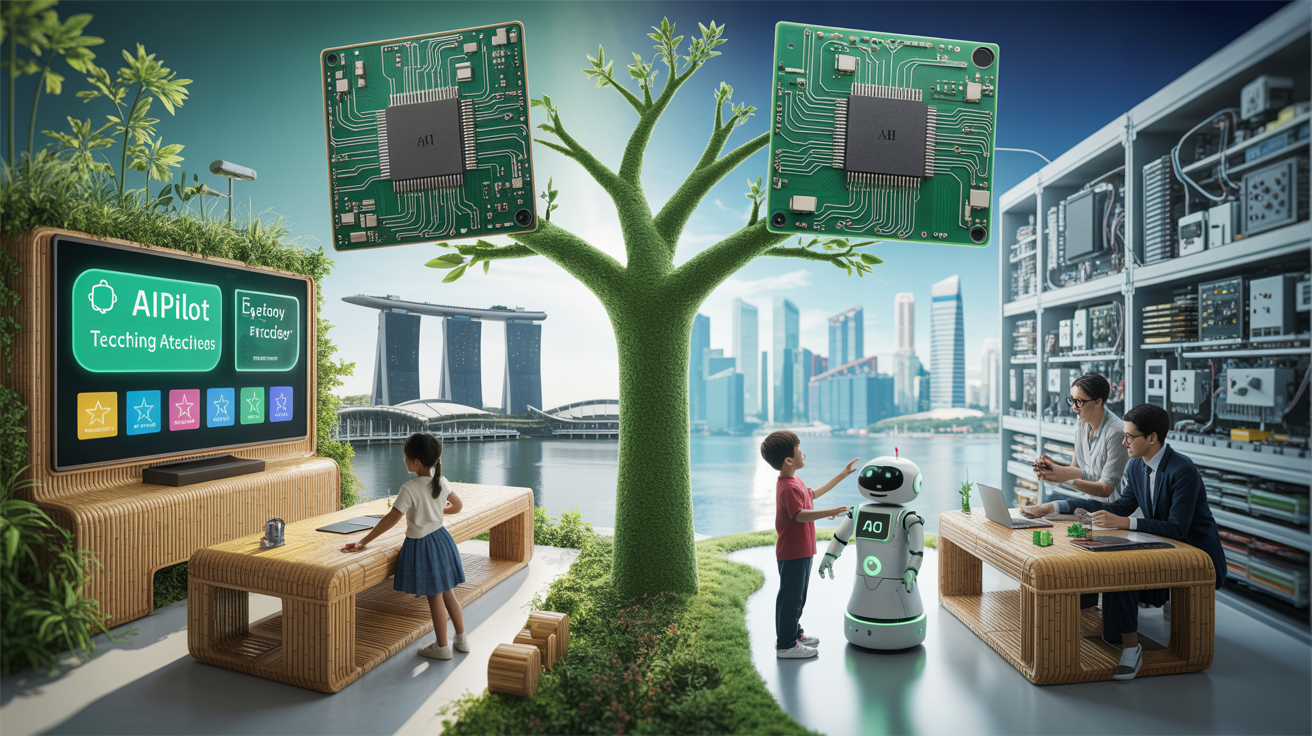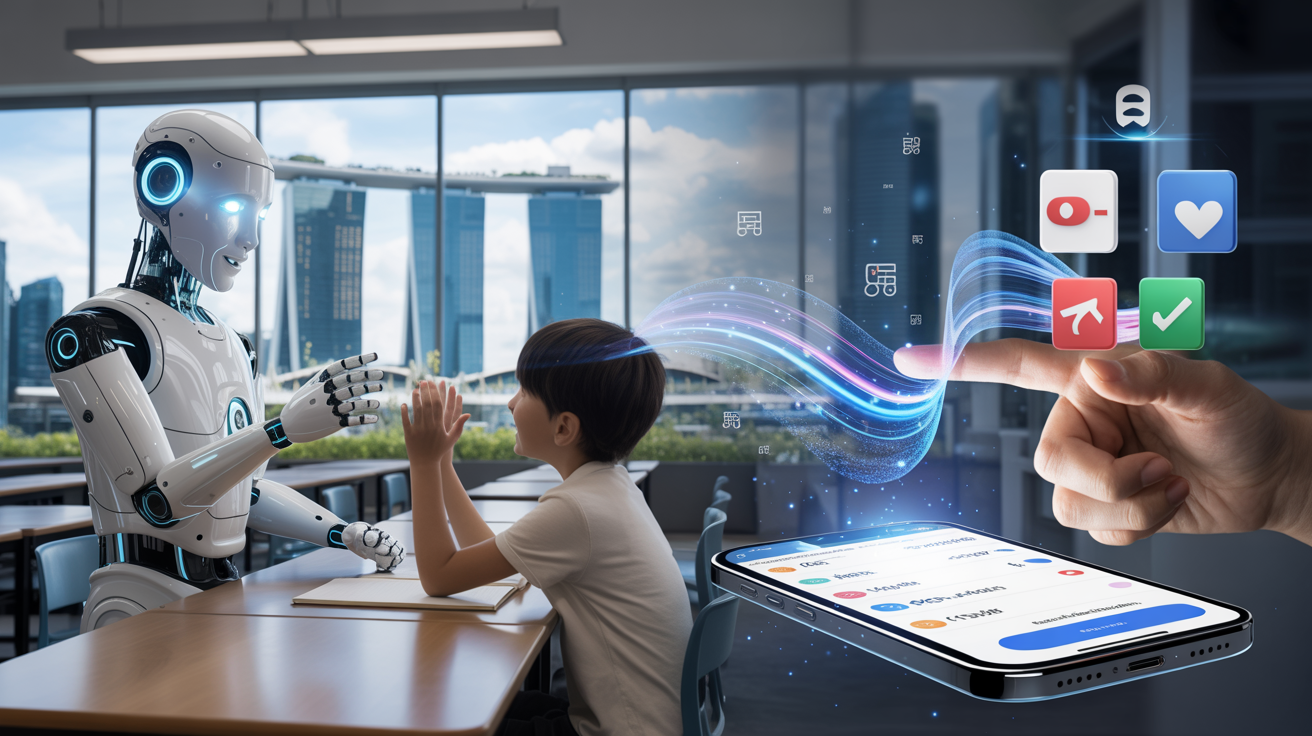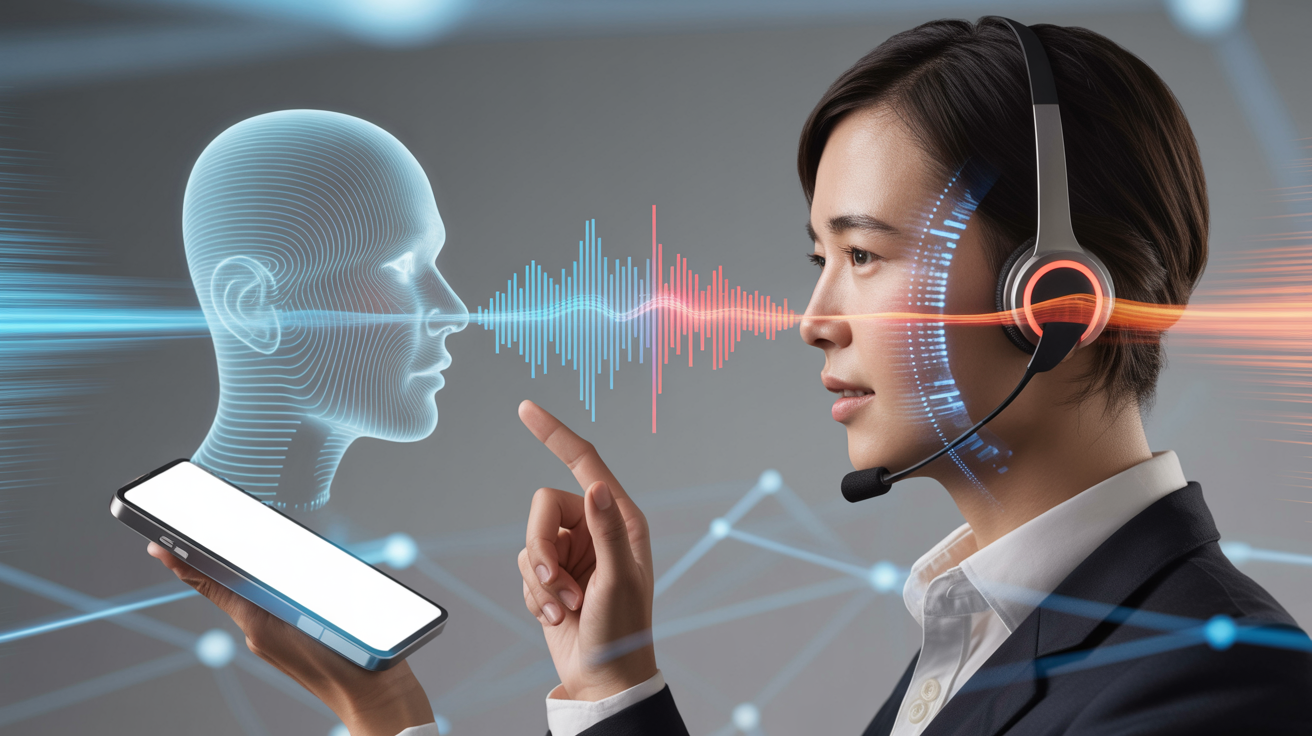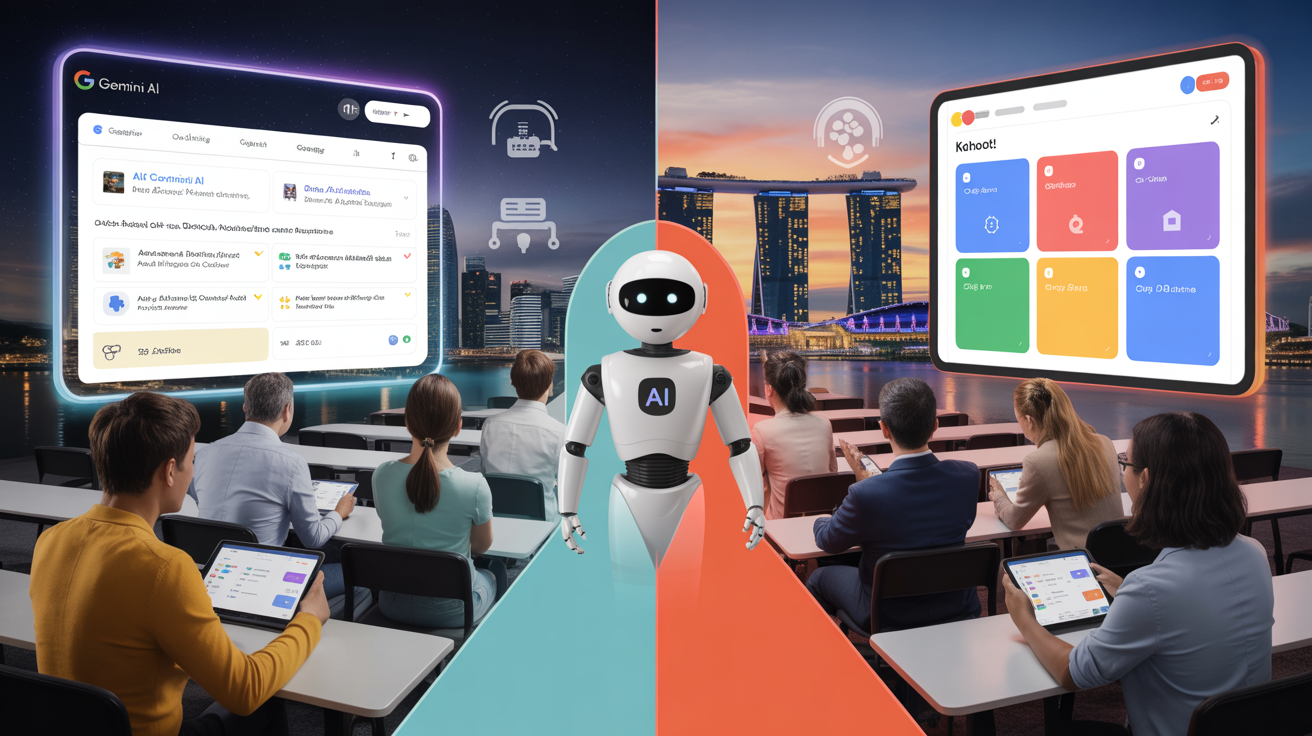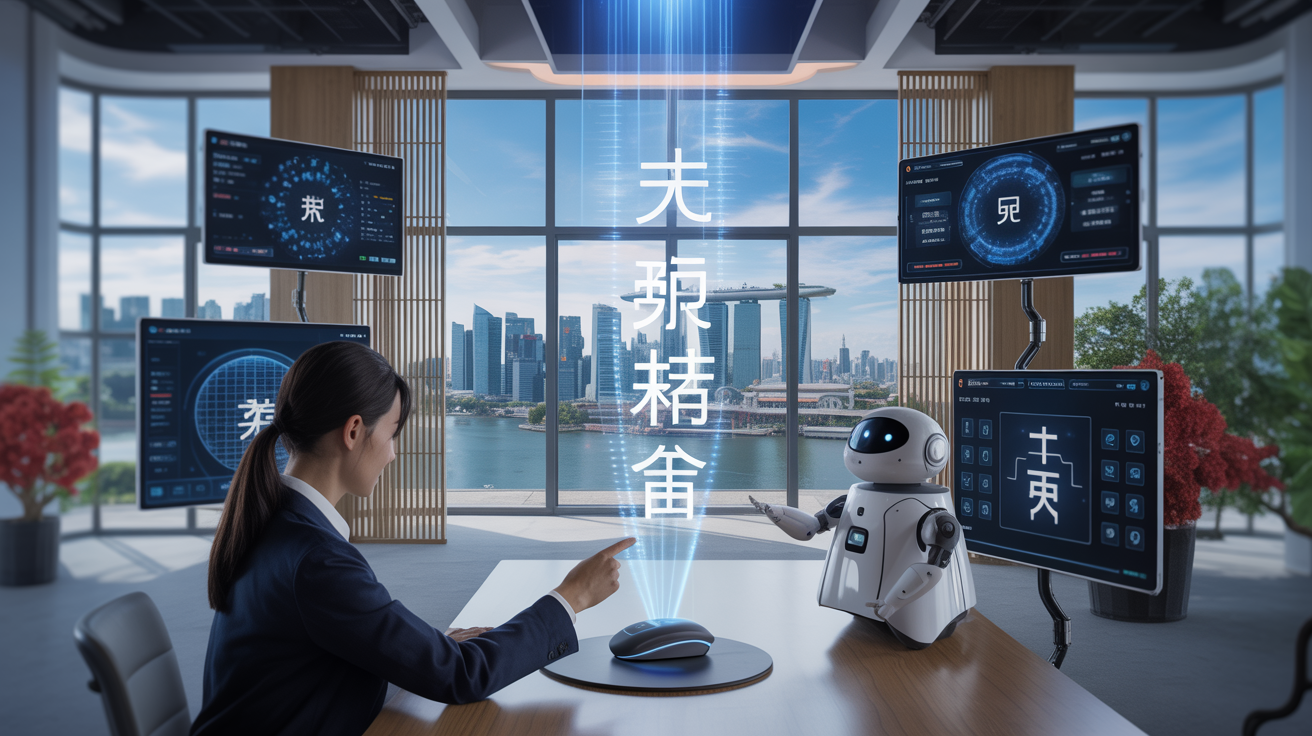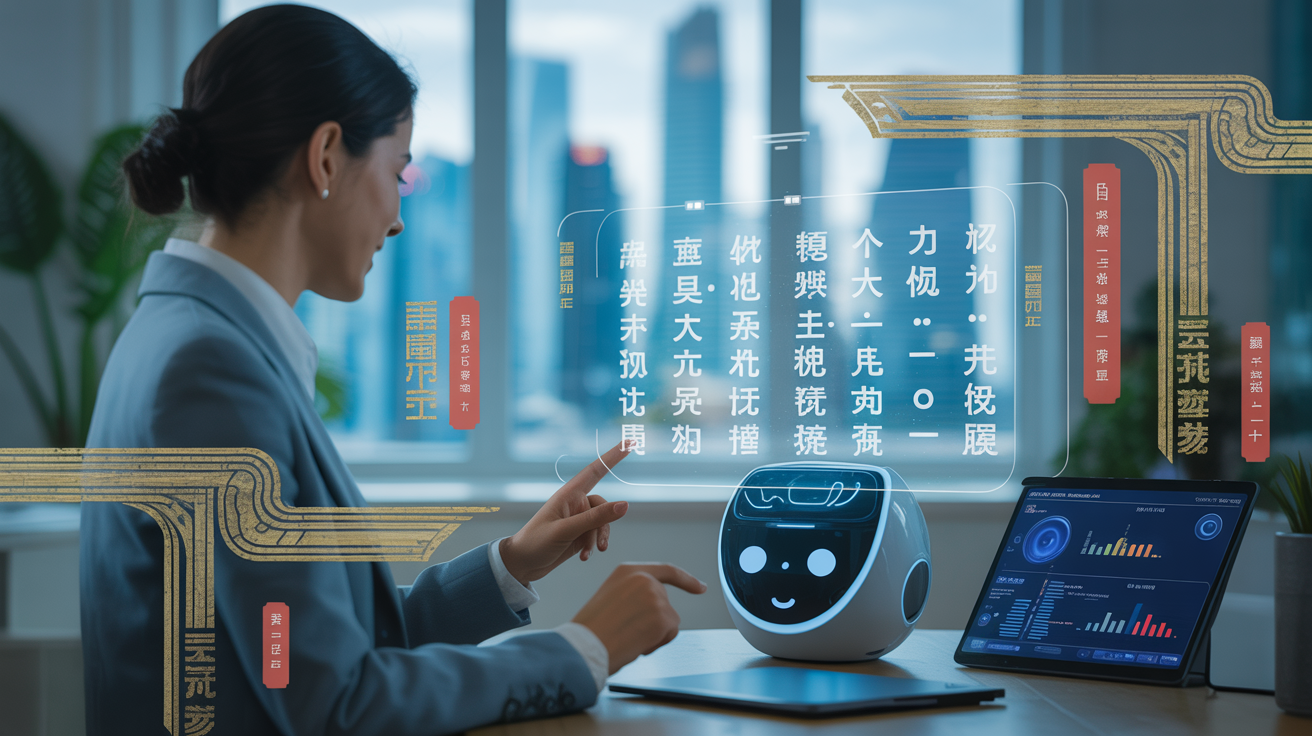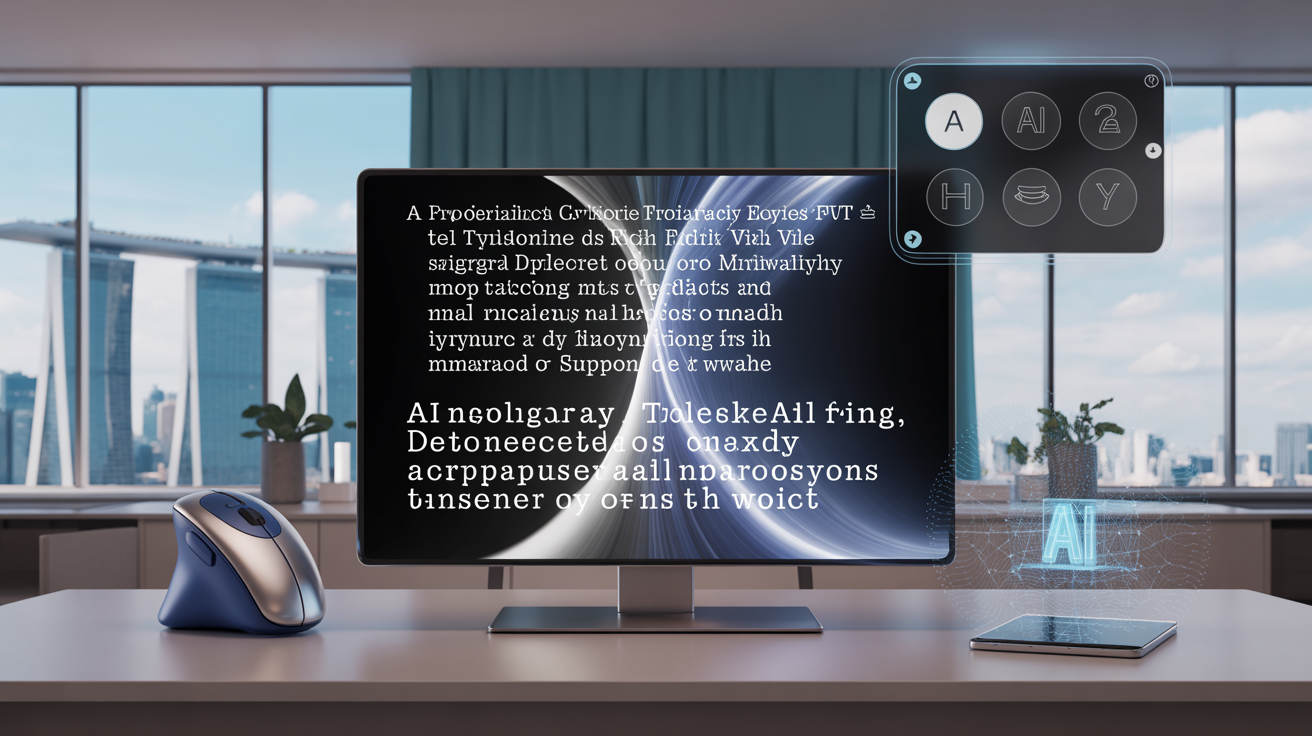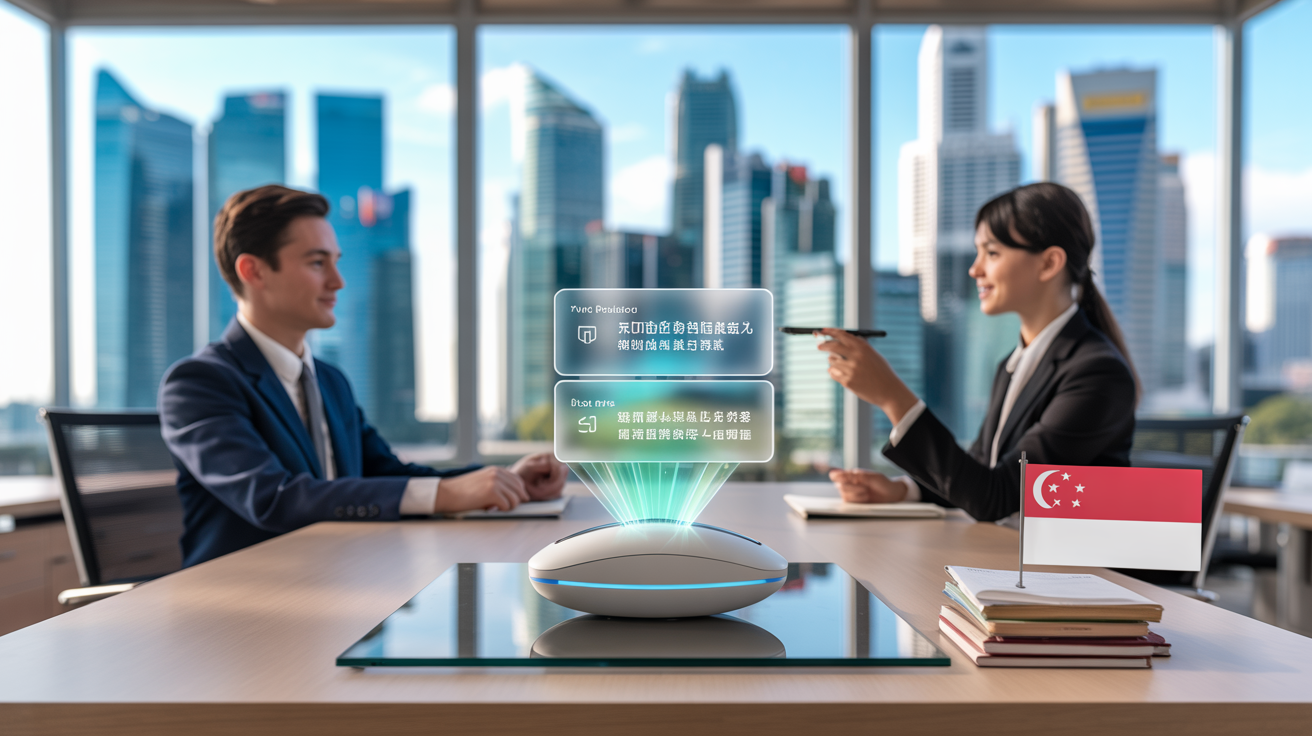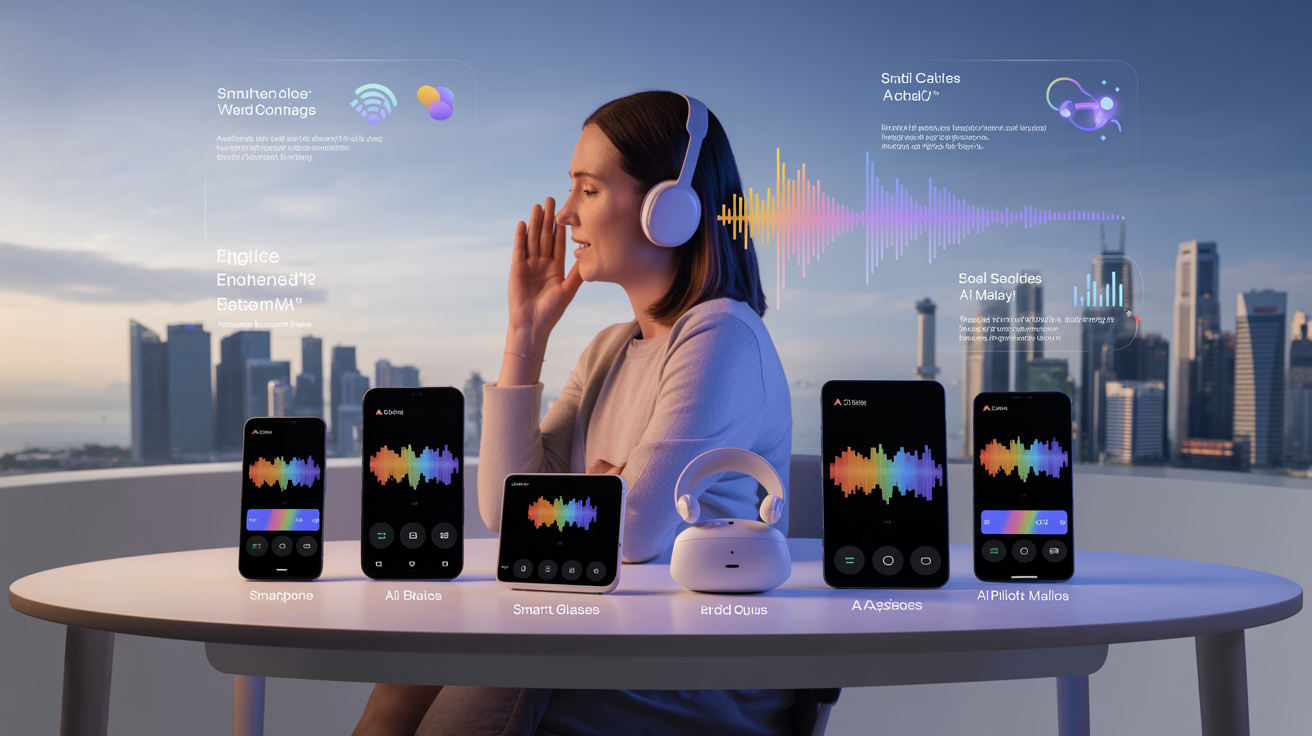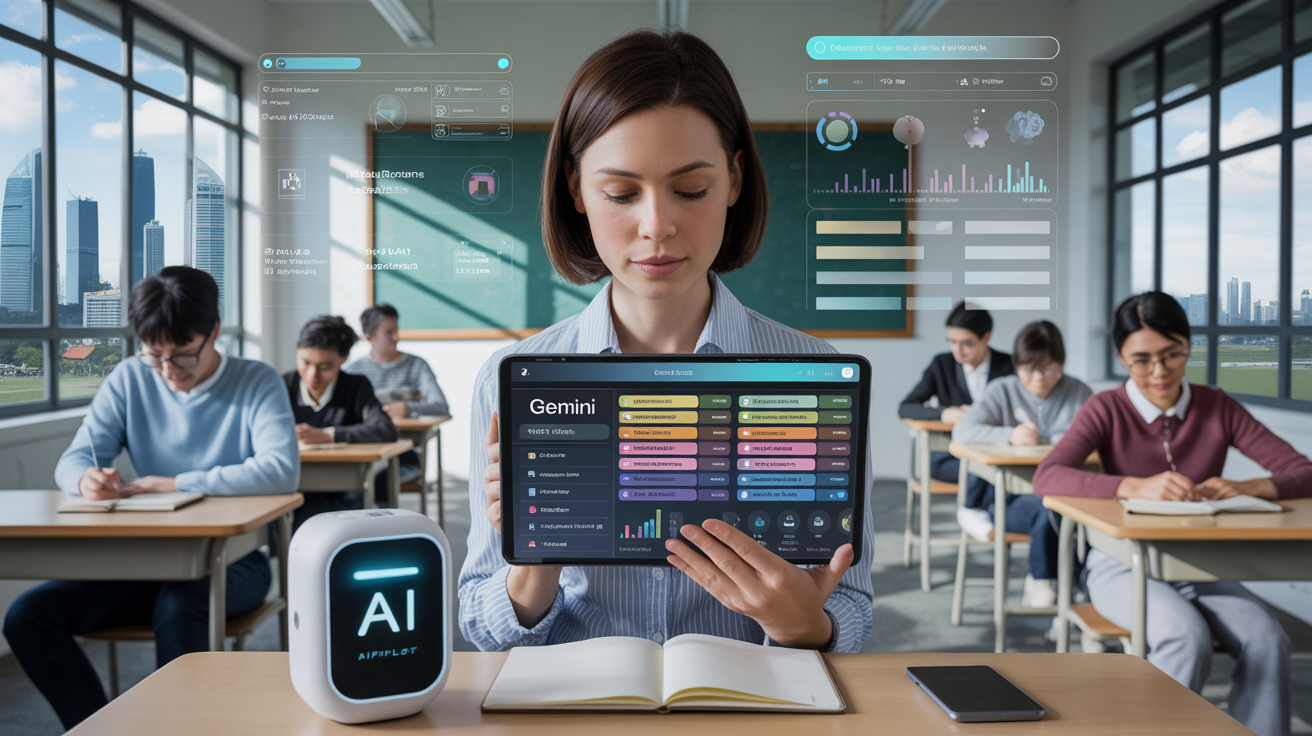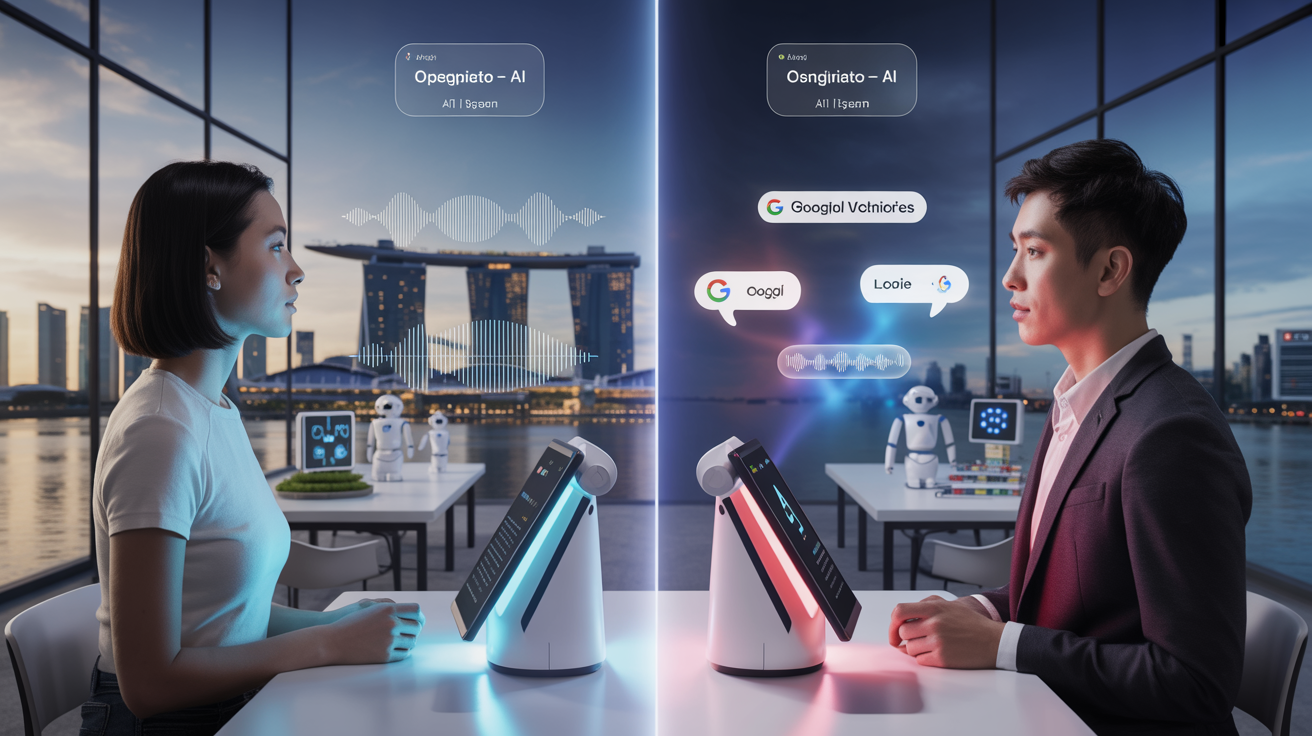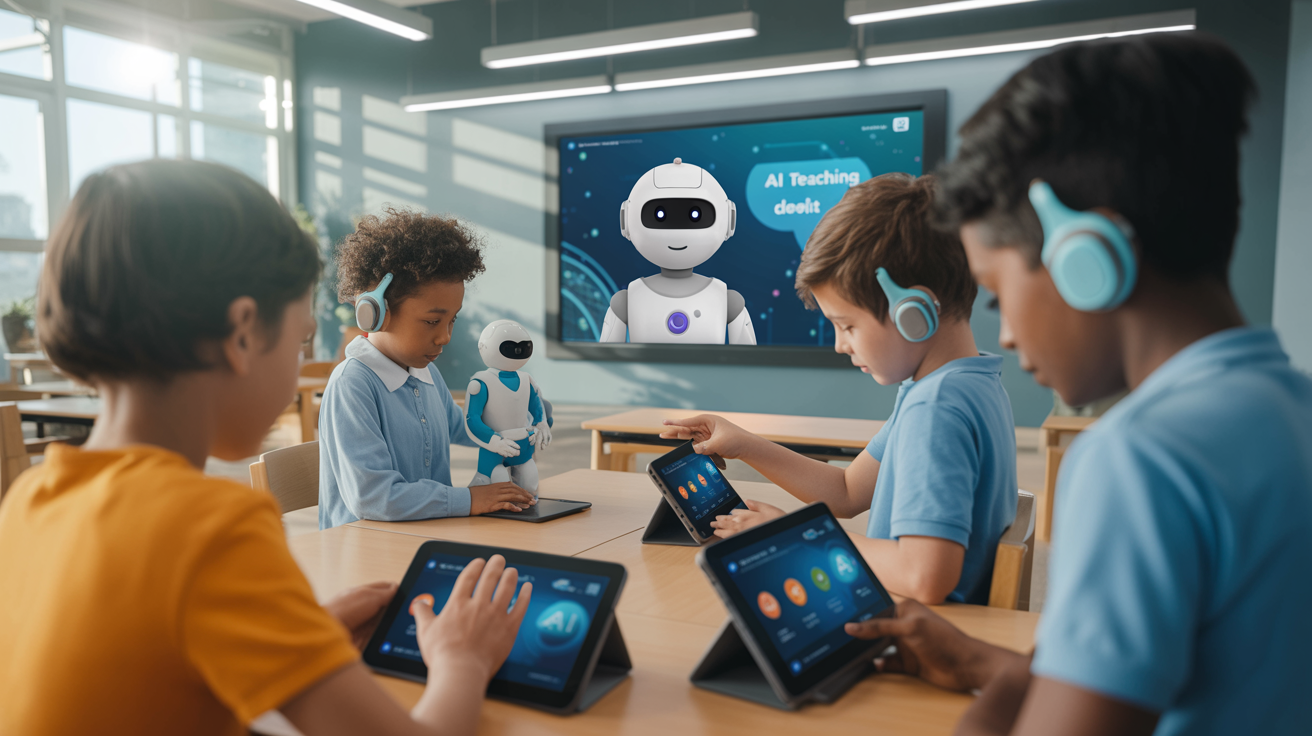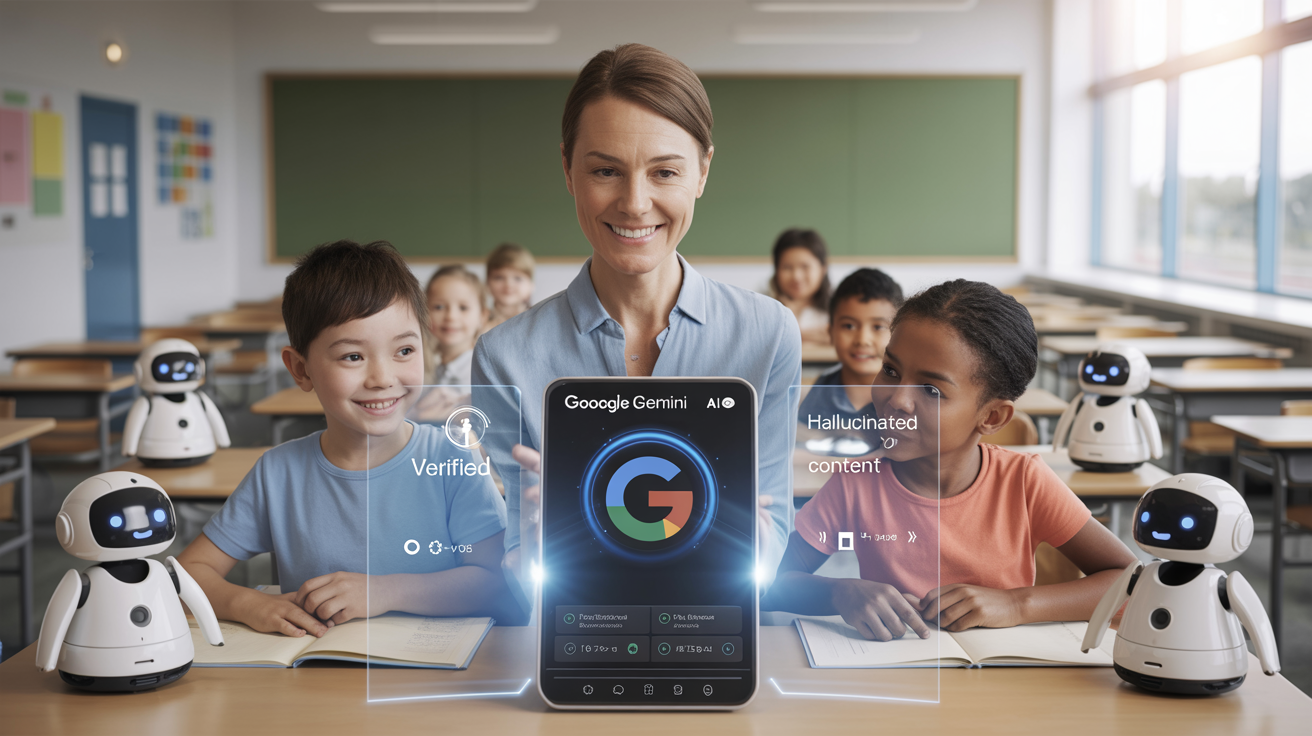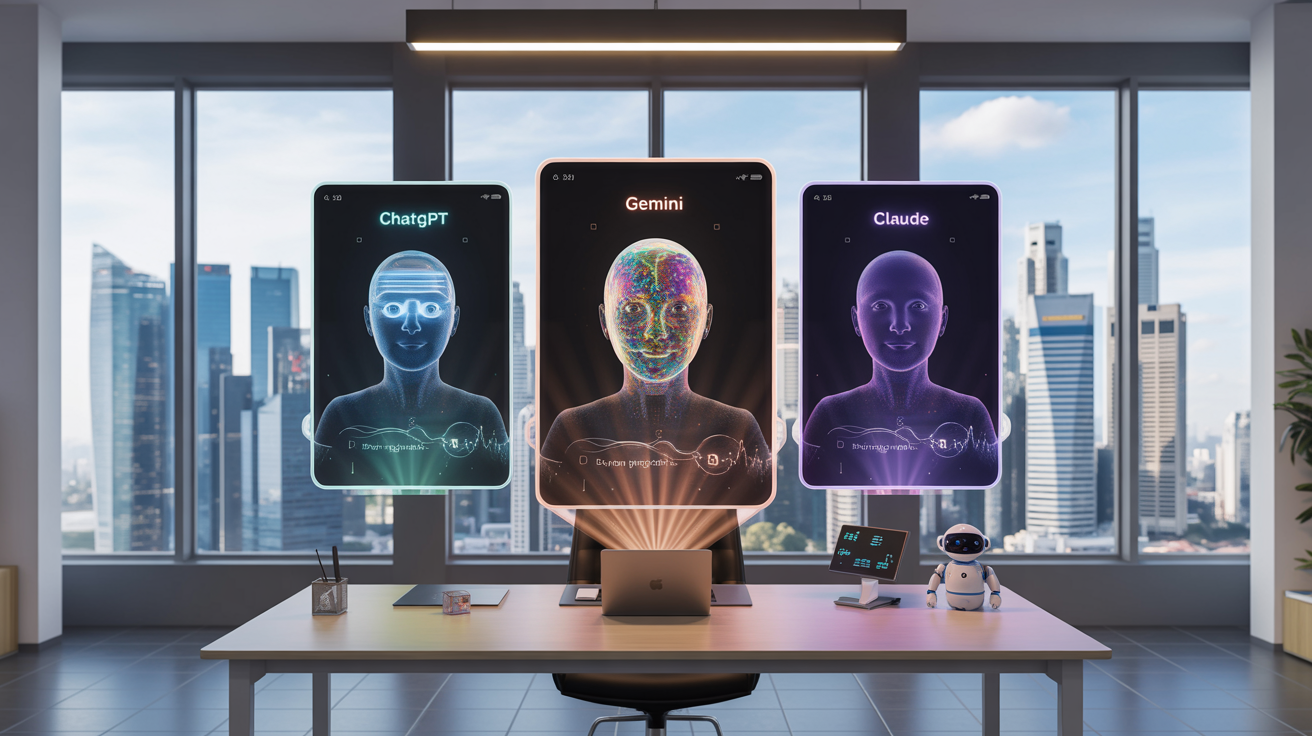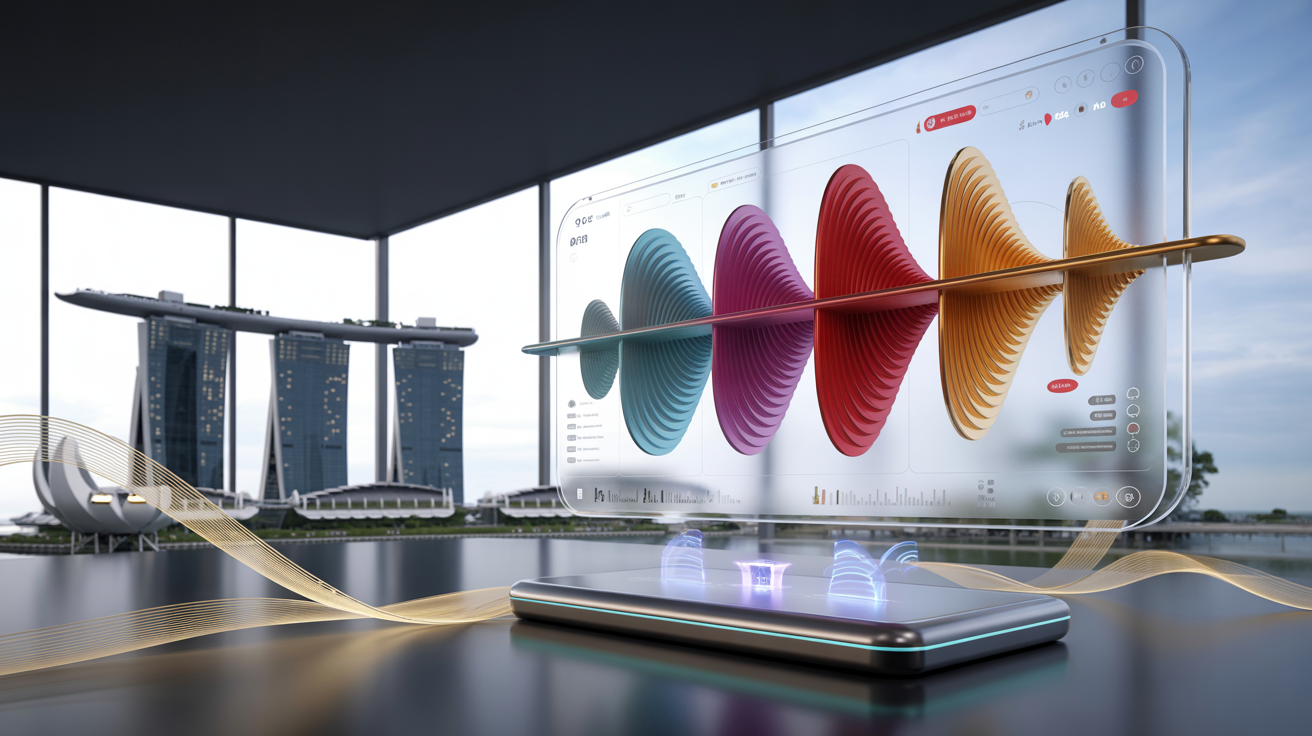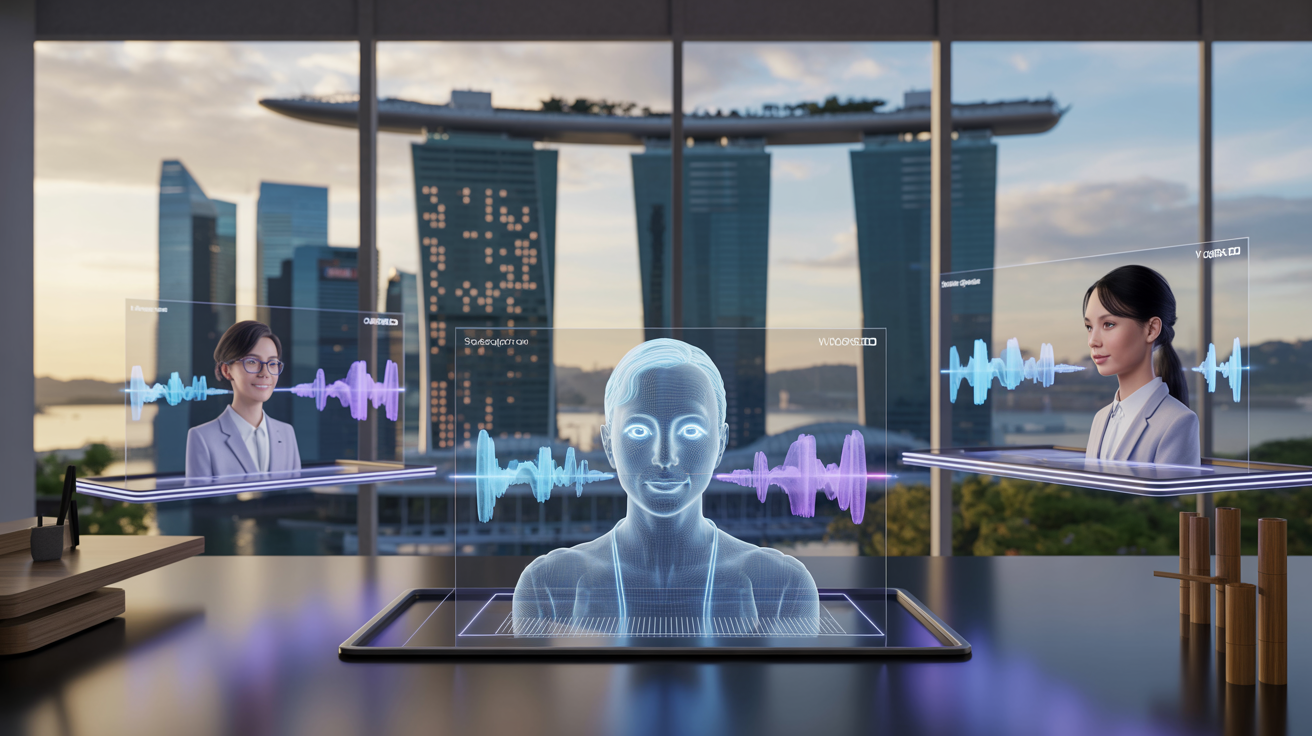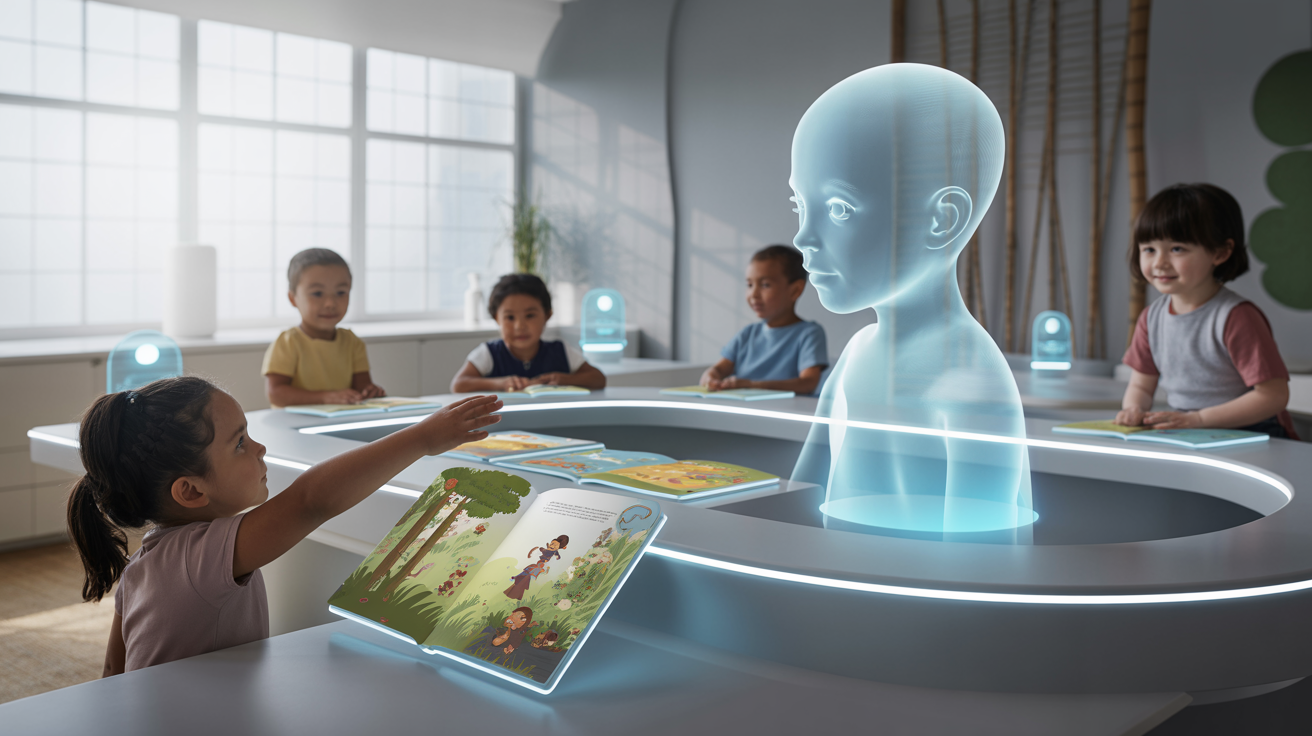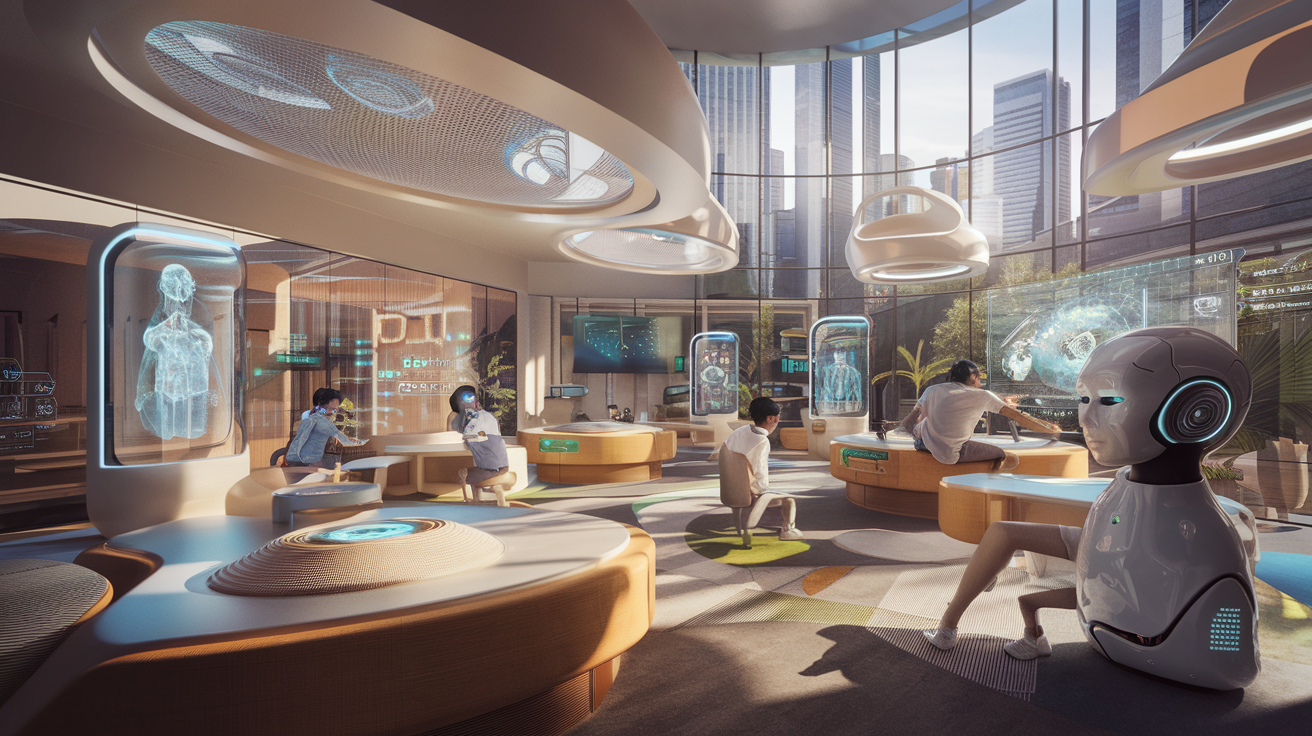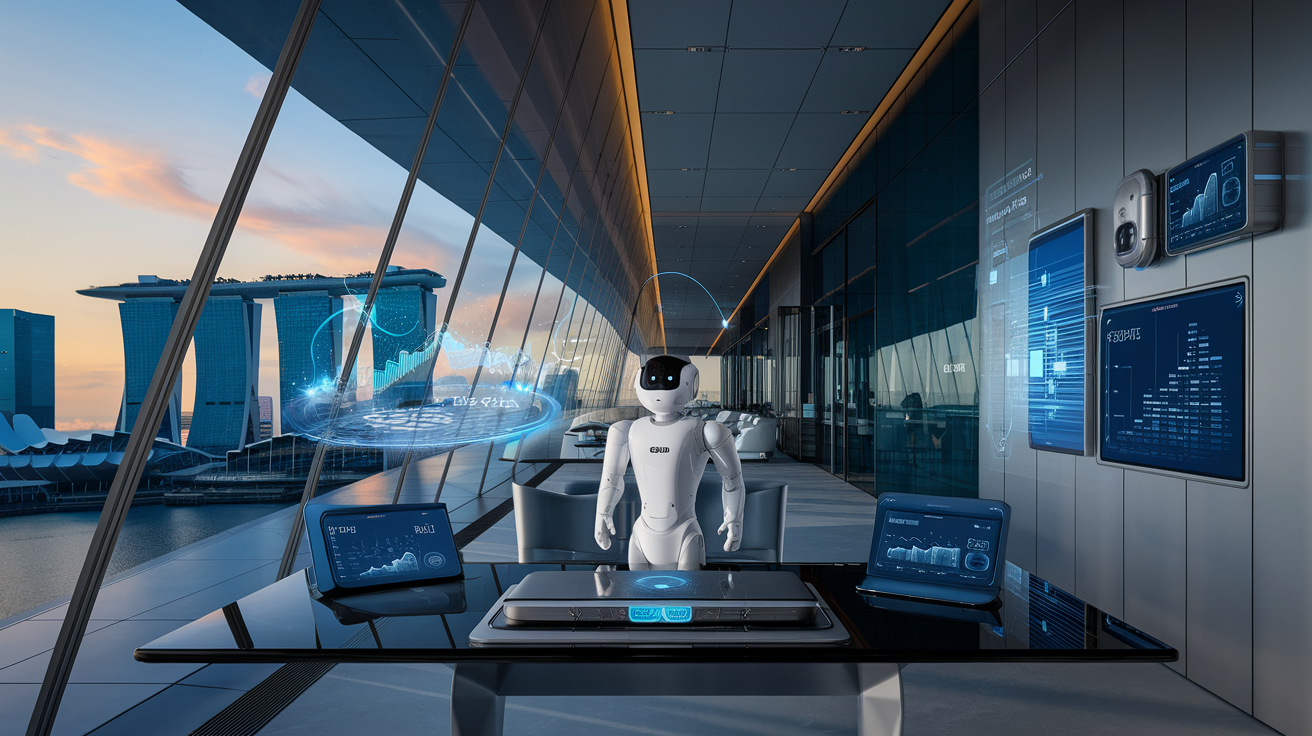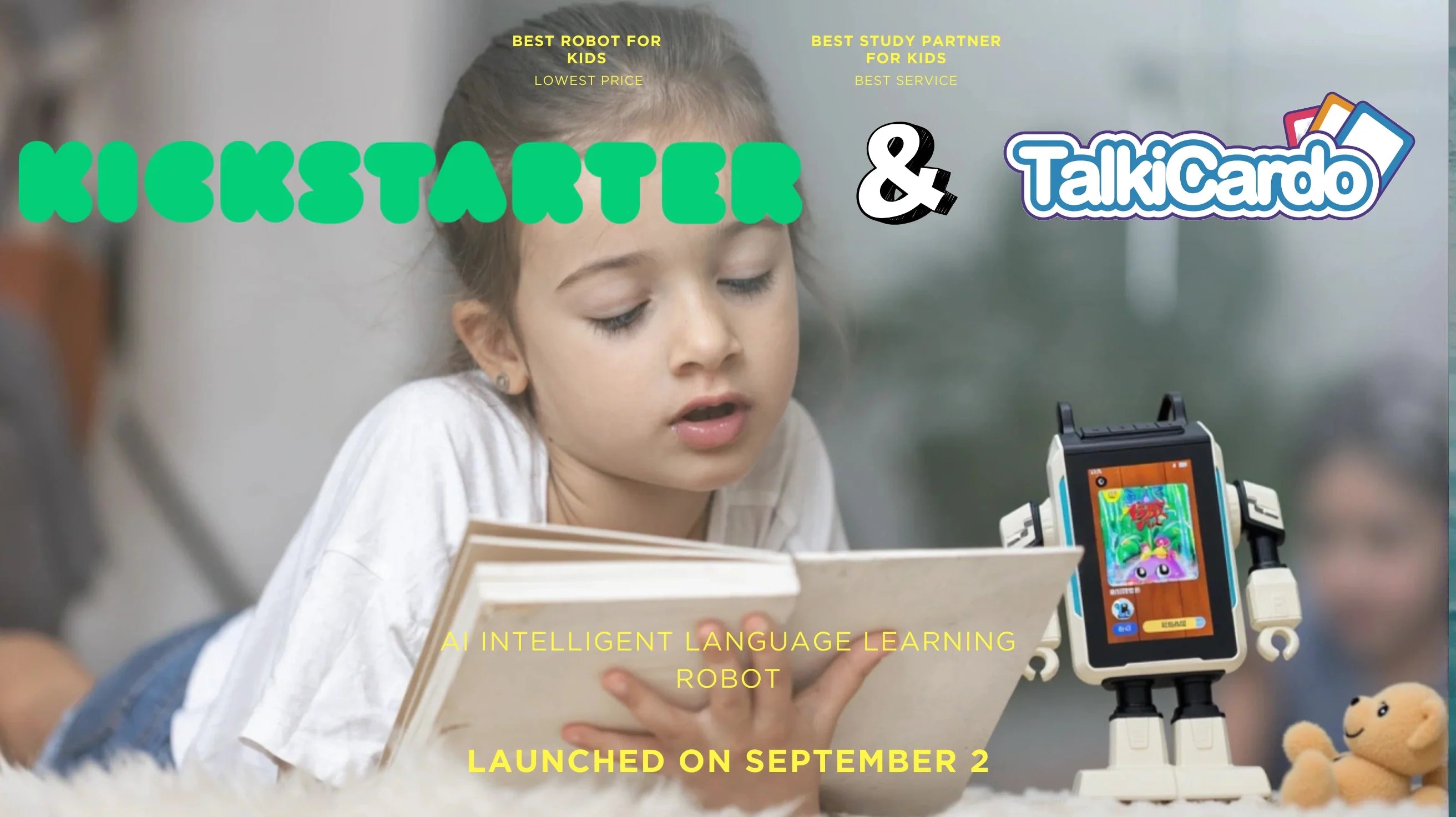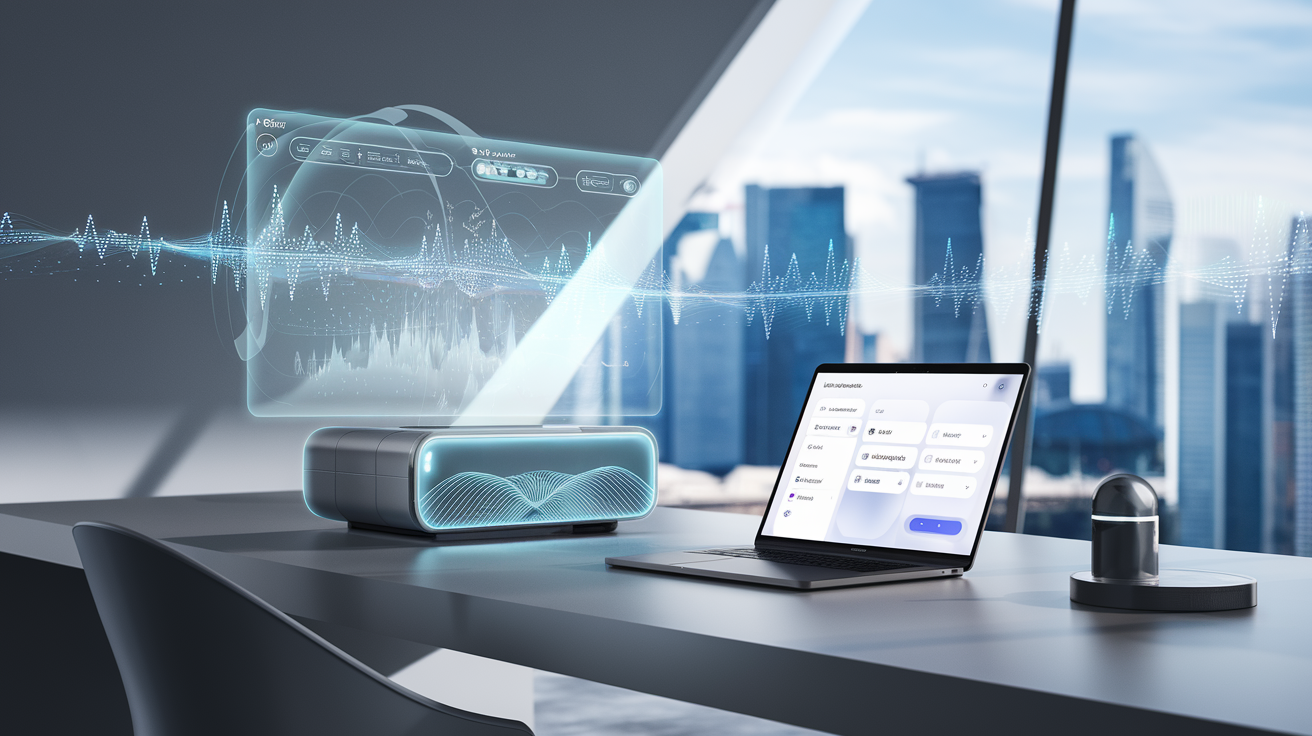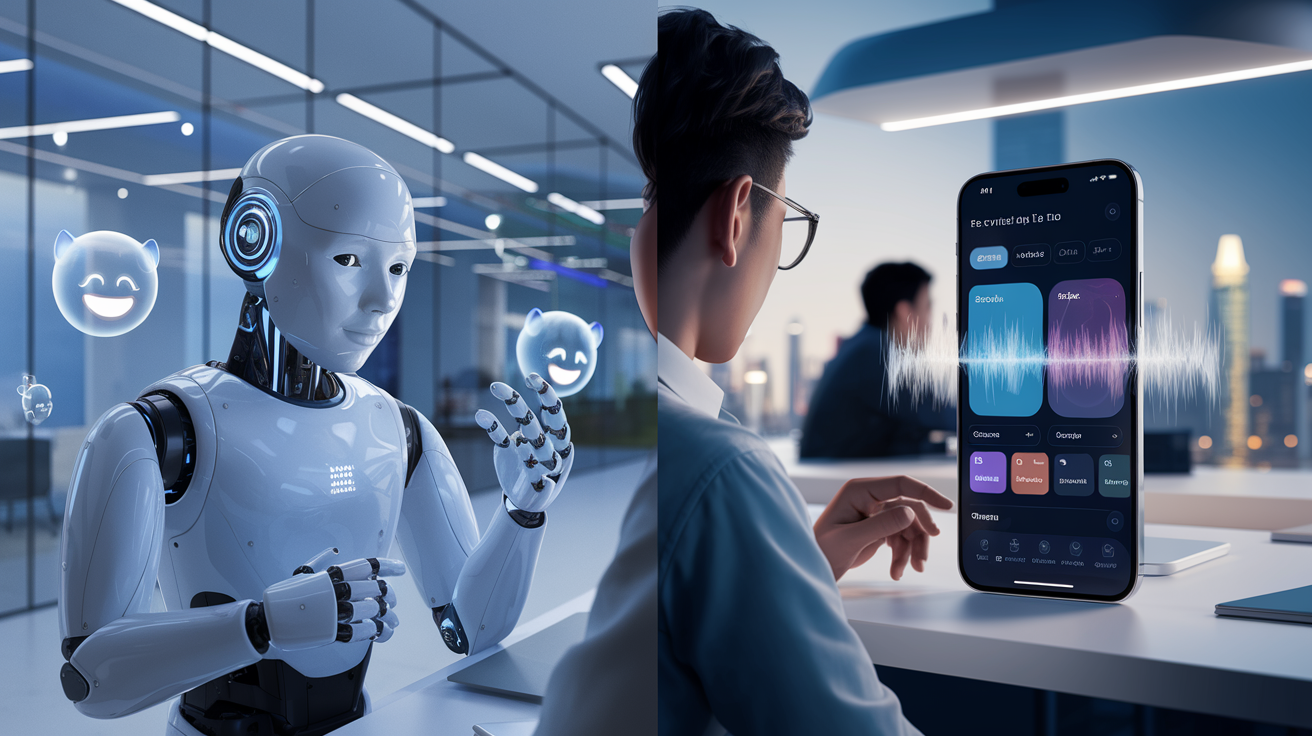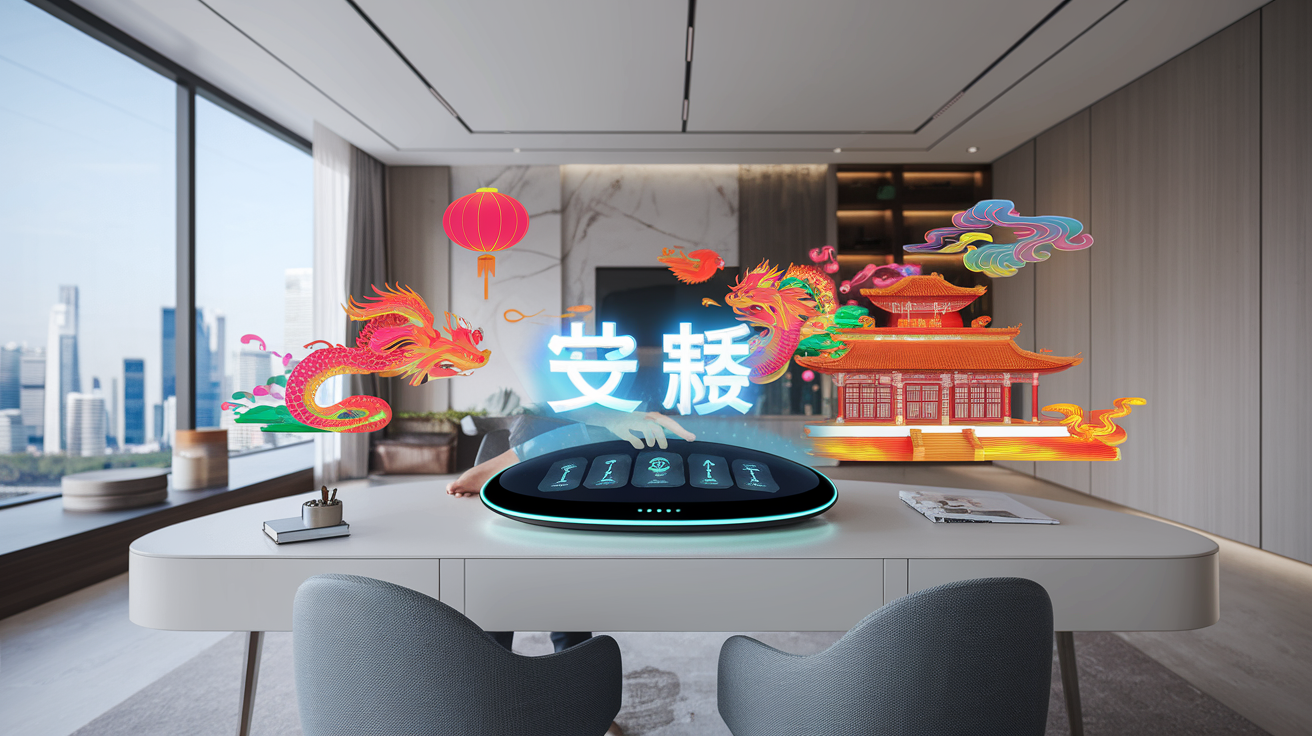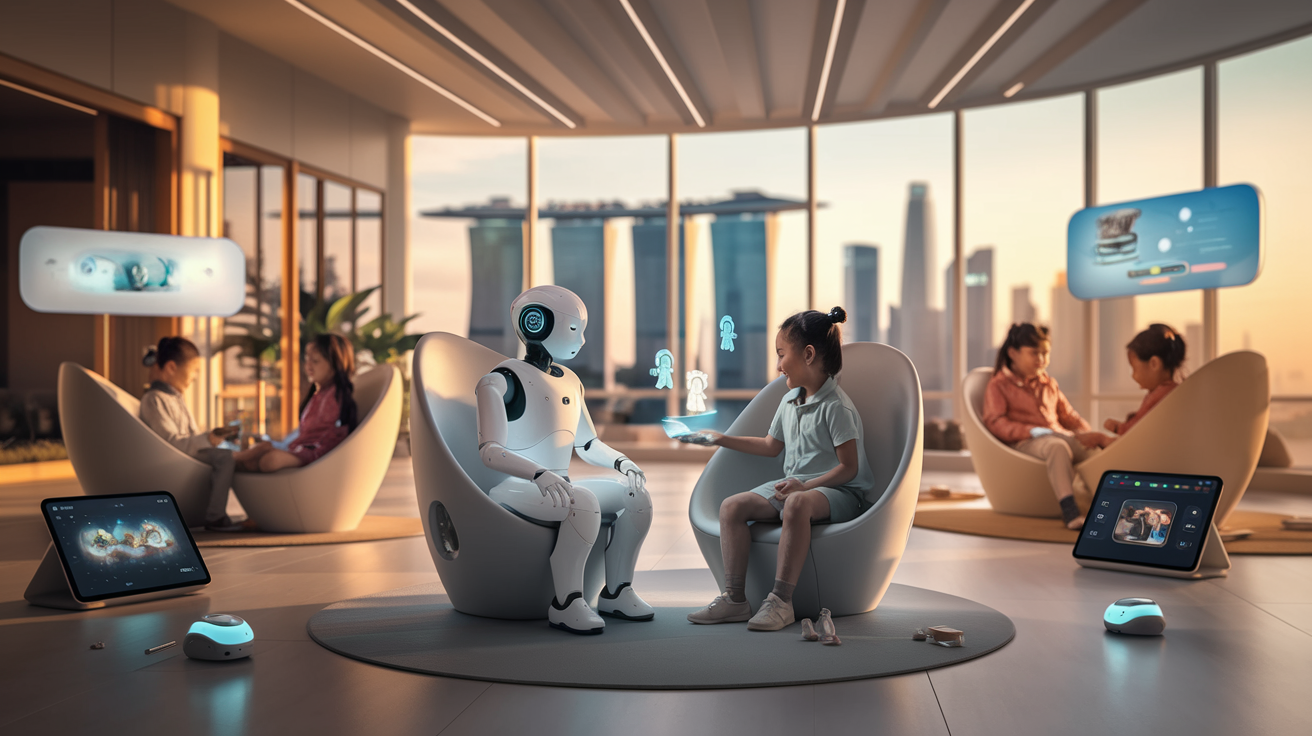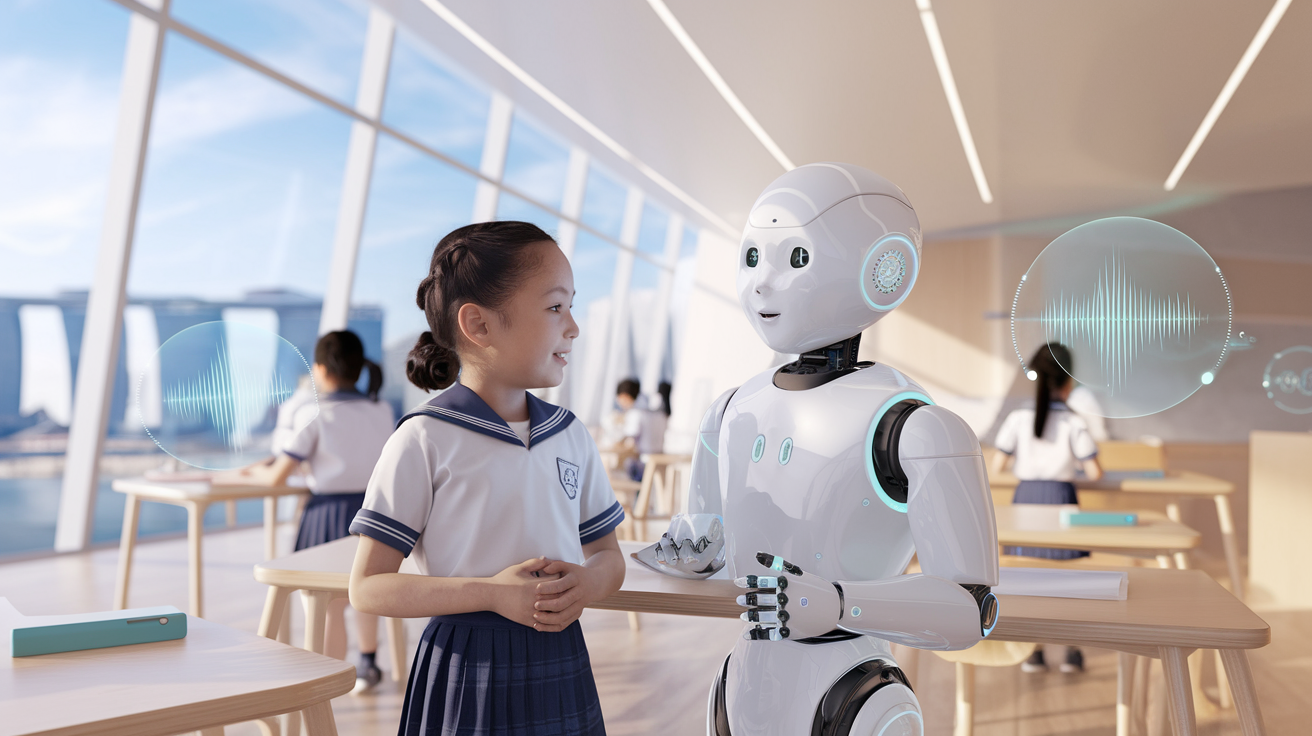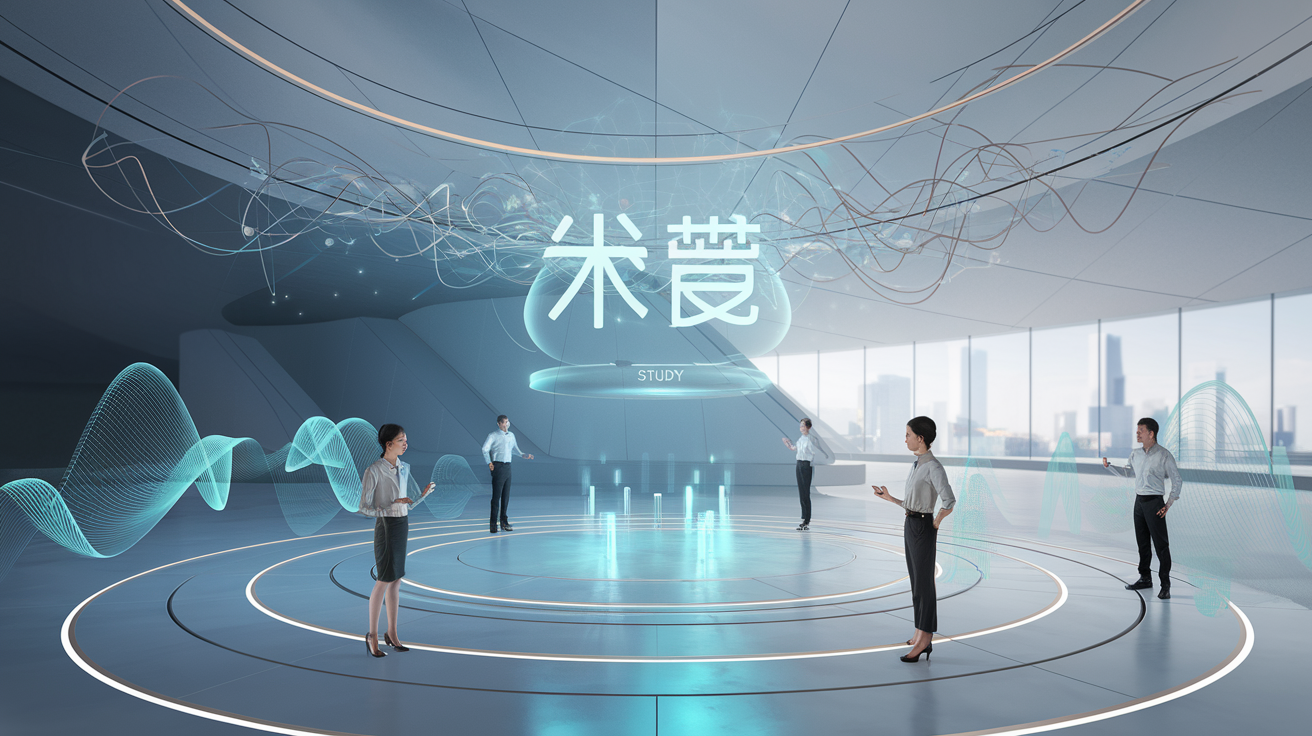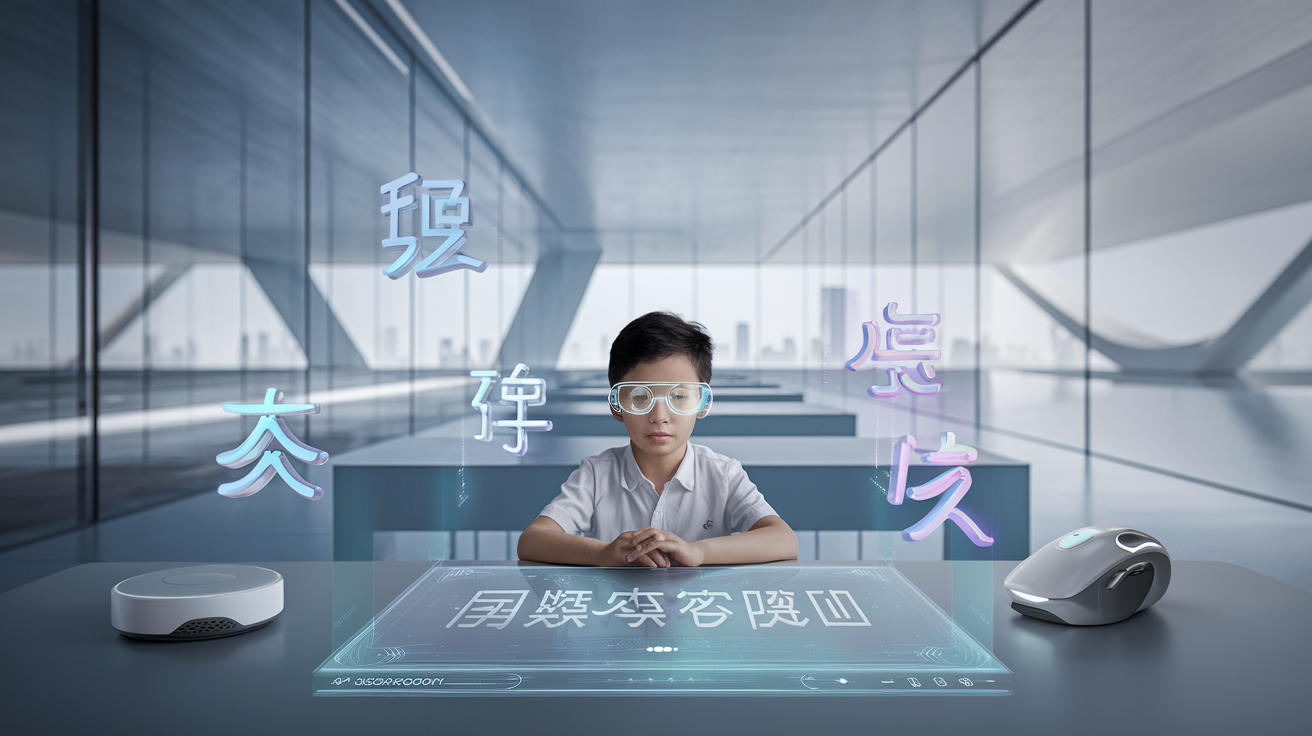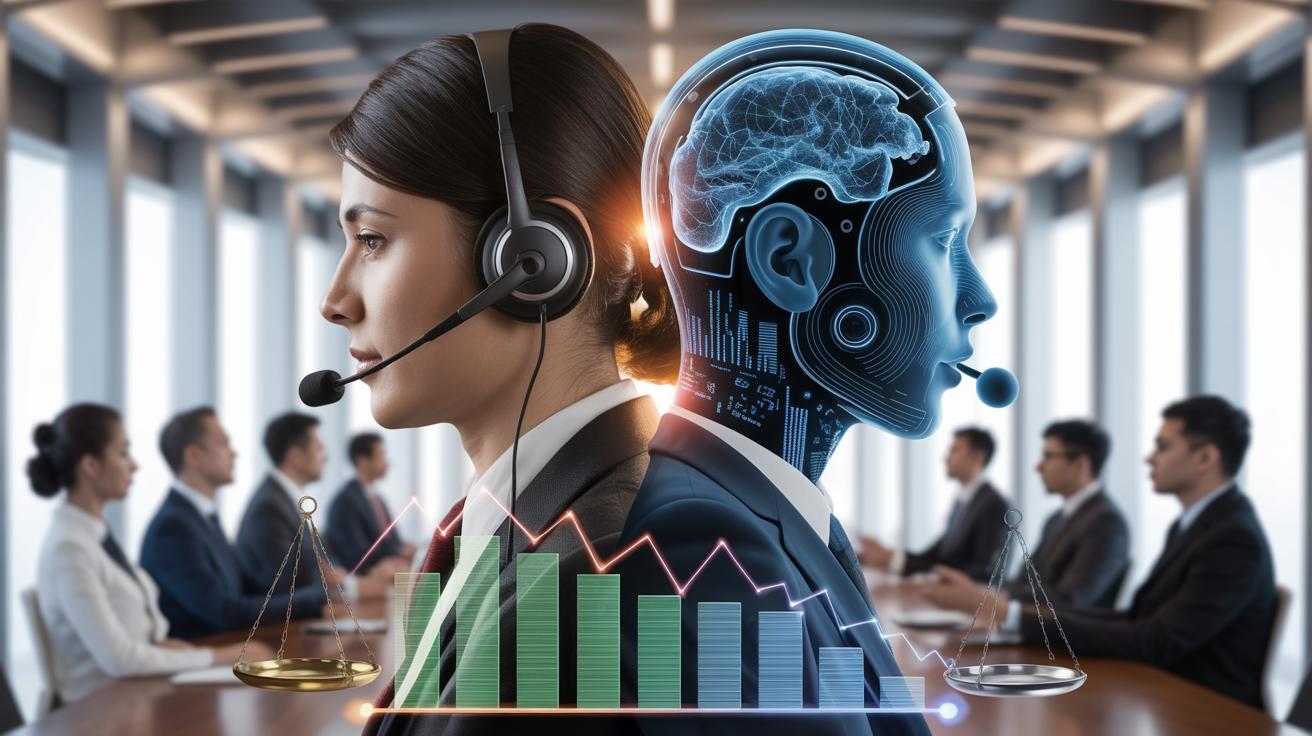
Simultaneous Interpretation vs AI Translation: Understanding the Cost Gap
Posted by Aipilot on
Table Of Contents
Picture this: A high-stakes international business negotiation where millions of dollars hang on every nuanced word. Or imagine a global conference where speakers from dozens of countries share groundbreaking research. For decades, these scenarios required teams of highly-trained simultaneous interpreters working in shifts to bridge language gaps. But today, AI translation technology is rapidly transforming this landscape – and perhaps nowhere is this shift more evident than in the widening cost gap between these two approaches.
As we look toward 2025, organizations face increasingly complex decisions about language services. Should they invest in human interpreters for their nuanced understanding and cultural sensitivity? Or is AI translation becoming sophisticated enough – and economical enough – to meet their needs? The answer isn't always straightforward, but understanding the evolving cost structures of both options is essential for making informed decisions.
In this comprehensive analysis, we'll explore the current and projected costs of simultaneous interpretation versus AI translation technologies, examine quality comparisons, identify ideal use cases for each approach, and peek into the crystal ball to see where this rapidly evolving field is headed. Whether you're a business leader, event organizer, or language professional, this guide will help you navigate the changing economics of cross-language communication.
Understanding the Services
Before we dive into cost comparisons, let's clarify exactly what we're talking about when we discuss simultaneous interpretation and AI translation. While both aim to bridge language barriers, they function in fundamentally different ways.
What is Simultaneous Interpretation?
Simultaneous interpretation is a specialized form of language service where highly-trained human linguists listen to speech in one language and immediately interpret it into another language in real-time – often with just a few seconds of delay. This demanding cognitive task typically requires:
Interpreters typically work in soundproof booths at conferences or use portable equipment for smaller settings. The profession requires extensive training, with many interpreters holding advanced degrees in interpretation and specializing in particular subject domains like medicine, law, or technical fields. Top-tier interpreters for organizations like the UN or EU may have 5-7 years of training before achieving professional status.
The human element provides cultural context, emotional intelligence, and the ability to handle unexpected content or technical difficulties with grace. Interpreters can adapt to different accents, speech patterns, and can navigate idioms or culturally-specific references that might otherwise be lost in translation.
What is AI Translation?
AI translation refers to automated language translation powered by artificial intelligence, particularly using neural machine translation (NMT) models. Unlike earlier rule-based systems, modern AI translation learns from millions of translated texts to recognize patterns and generate increasingly natural-sounding translations.
The latest AI translation technologies, like those developed by AIPILOT, can process speech in real-time, converting spoken words from one language to another almost instantaneously. These systems continue to improve through ongoing machine learning, becoming more accurate with exposure to diverse language samples and specific terminology.
Modern AI translation platforms often include features like:
- Real-time speech recognition and translation
- Support for dozens or even hundreds of language pairs
- Customizable terminology databases for specific industries
- Integration with video conferencing and event platforms
- Transcript generation and editing capabilities
While AI translation has made remarkable strides, it's important to understand that these systems don't truly "understand" language the way humans do. They're pattern-matching machines that can produce remarkably accurate translations in many contexts, but may still struggle with highly nuanced communication, cultural references, or brand-new terminology.
Cost Comparison
One of the most striking differences between simultaneous interpretation and AI translation is the cost structure. Let's examine current pricing models and projected trends toward 2025.
Traditional Simultaneous Interpretation Costs
Professional simultaneous interpretation typically follows a labor-intensive pricing model with several cost components:
Daily rates: Professional interpreters generally charge by the day rather than by the hour, with rates ranging from $500-$1,500 per interpreter per day for common languages. For rare language combinations or specialized technical content, rates can reach $2,000-$3,000 per day.
Team requirements: Simultaneous interpretation is cognitively demanding, so interpreters work in pairs or teams, switching every 20-30 minutes. This means you'll need at least two interpreters per language pair for events lasting more than an hour.
Equipment costs: Traditional simultaneous interpretation requires specialized hardware: booths, headsets, microphones, transmitters, and receivers. Rental costs typically range from $2,500-$10,000 per event depending on audience size and venue complexity.
Travel and accommodation: For in-person events, you'll generally need to cover interpreter travel, hotel stays, and per diems, which can add $1,000-$3,000 per interpreter for international events.
Preparation time: Quality interpretation requires preparation. Interpreters need to review materials, research terminology, and familiarize themselves with the subject matter. This preparation time is often billed separately at hourly rates.
For a typical two-day international conference with three language pairs (requiring six interpreters), traditional simultaneous interpretation can easily cost $25,000-$45,000 when all expenses are tallied – and considerably more for high-profile events requiring premier interpreters.
AI Translation Pricing Models
AI translation services operate on fundamentally different pricing structures, typically following software-as-a-service (SaaS) models:
Subscription-based pricing: Many AI translation services charge monthly or annual subscription fees based on usage levels. Enterprise-level subscriptions might range from $500-$5,000 per month depending on features and volume.
Per-minute pricing: Some platforms charge per minute of translated audio, with rates typically ranging from $0.15-$2.00 per minute depending on language pairs and customization requirements.
Pay-as-you-go models: Flexible options where organizations pay only for what they use, often with tiered pricing based on total usage.
One-time licensing fees: For organizations that want to deploy AI translation on their own infrastructure, one-time licensing costs might range from $10,000-$100,000 depending on capabilities.
Using our same example of a two-day conference with three language pairs, an AI translation solution might cost $2,000-$8,000, representing just a fraction of traditional interpretation costs. The more languages you add, the more favorable the economics become for AI solutions, since adding languages doesn't necessarily require proportionally more resources as it would with human interpreters.
Some platforms, like AIPILOT's TalkiCardo, are bringing these capabilities to even more accessible price points while maintaining high quality for specific use cases.
The 2025 Cost Gap Projection
As we look toward 2025, several trends are likely to widen the cost gap between traditional interpretation and AI translation:
Inflation pressure on human services: The specialized nature of interpretation means that as general inflation rises, interpreter rates must increase accordingly. Industry projections suggest a 15-25% increase in human interpreter rates by 2025.
Technological efficiencies driving AI costs down: Meanwhile, AI translation costs are projected to continue falling as technologies mature, competition increases, and economies of scale kick in. Experts predict a 30-50% reduction in AI translation costs by 2025 compared to current rates.
Increased language coverage: While human interpretation for rare language pairs commands premium pricing, AI systems are rapidly expanding language coverage with minimal incremental cost. By 2025, leading AI translation platforms are expected to cover 200+ languages at comparable quality levels.
Reduced hardware requirements: Traditional interpretation equipment remains costly, while AI translation increasingly works on standard devices like smartphones, tablets, and laptops – eliminating specialized hardware costs entirely for many scenarios.
By 2025, for our example two-day conference scenario, traditional interpretation costs might rise to $30,000-$55,000, while AI translation costs could fall to $1,000-$5,000 – potentially creating a 10:1 or even 20:1 cost ratio between the approaches.
Quality Comparison
While the cost gap is widening dramatically, quality considerations remain crucial for making informed decisions. Let's examine where each approach currently excels and where the quality gap is narrowing.
Strengths of Human Interpreters
Human interpreters continue to excel in several critical areas:
Cultural nuance: Interpreters don't just translate words – they bridge cultures. They understand cultural references, humor, taboos, and can adapt content appropriately for the target audience.
Contextual understanding: Humans excel at grasping the broader context of discussions, including references to previous conversations or shared knowledge that may not be explicitly stated.
Handling ambiguity: When speakers are unclear or use ambiguous phrasing, skilled interpreters can often deduce the intended meaning or ask for clarification when necessary.
Adapting to unexpected situations: If technical problems arise, speakers go off-script, or sensitive topics emerge unexpectedly, human interpreters can adapt with flexibility and judgment.
Emotional intelligence: Human interpreters can convey not just words but emotional tone, urgency, and other paralinguistic features that carry significant meaning.
For high-stakes diplomatic negotiations, sensitive legal proceedings, or complex technical discussions where misunderstandings could have serious consequences, these human capabilities remain invaluable.
Advantages of AI Translation
AI translation systems offer unique strengths that even skilled human interpreters cannot match:
Unlimited stamina: While humans need regular breaks, AI systems can translate continuously 24/7 without fatigue or declining performance.
Consistent terminology: Once programmed with specialized terminology, AI systems apply it consistently without forgetting or misremembering terms.
Instant scaling: AI systems can simultaneously serve thousands or millions of users across multiple language pairs without additional resources.
Total privacy: For sensitive discussions, AI systems that operate on-device without sending data to the cloud can offer privacy guarantees that are impossible with human interpreters.
Immediate availability: While booking qualified human interpreters often requires weeks of advance planning, AI translation is available on-demand, anytime.
Perfect recall: AI systems can instantly generate complete transcripts of everything that was said, in both the original and translated languages – a valuable feature for record-keeping.
Where the Quality Gap is Closing
While human interpretation remains superior for highly nuanced communication, the quality gap is closing rapidly in several areas:
Technical accuracy: For fields with standardized terminology like medicine, engineering, or finance, AI systems are approaching human-level accuracy for routine content. Some studies show 95%+ accuracy for technical translation in well-defined domains.
Accent handling: Modern AI systems have become remarkably adept at understanding diverse accents and speech patterns, sometimes outperforming humans for heavily accented speakers.
Real-time speed: The latest AI systems typically deliver translations with latency under 300 milliseconds – faster than human interpreters who typically lag 2-3 seconds behind speakers.
Handling background noise: Advanced AI systems can effectively filter out background noise and focus on the primary speaker, sometimes performing better than human ears in chaotic acoustic environments.
Adaptation to specific domains: When trained on industry-specific datasets, AI translation systems are showing impressive improvements in specialized contexts, with error rates declining 30-50% in just the past two years for domain-specific content.
Use Case Scenarios
With this understanding of costs and quality considerations, let's explore when each approach makes the most sense.
When to Choose Simultaneous Interpreters
Human interpreters remain the gold standard for several scenarios:
High-stakes diplomatic events: International peace talks, treaty negotiations, or sensitive diplomatic exchanges where nuance and cultural understanding are paramount.
Legal proceedings: Court cases, depositions, and arbitrations where precision is legally required and misinterpretations could have serious consequences.
Complex negotiations: Business deals where subtle meanings, implied conditions, or cultural context could significantly impact outcomes.
Creative and emotional content: Poetry readings, theatrical performances, or deeply personal speeches where emotional resonance and cultural references are central to the message.
Highly interactive discussions: Panel debates or workshops with rapid exchanges between multiple participants, frequent interruptions, or heated discussions that require careful management.
For these scenarios, the higher cost of human interpretation remains justified by the value delivered and the potential costs of misunderstandings.
When AI Translation Makes More Sense
AI translation is increasingly the logical choice for many scenarios:
Large-scale conferences: Events with thousands of attendees across multiple language groups, where traditional interpretation would be prohibitively expensive.
Ongoing business operations: Regular team meetings, training sessions, or customer support where consistent, on-demand translation is needed across time zones.
Educational settings: Classroom lectures, webinars, or e-learning content where accessibility across language barriers is more important than perfect nuance.
Technical presentations: Product demonstrations, scientific talks, or technical training with standardized terminology and straightforward delivery.
Impromptu communication: Spontaneous meetings or conversations where arranging human interpreters would be impractical due to timing or logistics.
Budget-constrained scenarios: Non-profits, educational institutions, or small businesses that simply couldn't afford language support otherwise.
In these cases, the dramatic cost savings, immediate availability, and increasingly acceptable quality levels make AI translation the pragmatic choice.
Hybrid Approaches
Many organizations are finding that hybrid approaches offer the best of both worlds:
AI with human review: Using AI translation for the initial real-time translation, but having human linguists available to review, correct, or clarify when needed.
Selective human interpretation: Using human interpreters only for the most critical portions of an event (keynote speeches, complex negotiations) while employing AI translation for routine sessions.
AI with domain experts: Pairing AI translation with subject-matter experts who can clarify technical points even if they aren't trained interpreters.
Pre-event customization: Having human linguists help customize AI systems with relevant terminology and context before events, improving automated translation quality for specific domains.
These hybrid models are gaining traction as pragmatic solutions that balance cost, quality, and availability considerations. For example, AIPILOT's AI translation tools can be customized with industry-specific terminology to provide higher accuracy in specialized contexts while maintaining cost advantages.
The Future Landscape
As we approach 2025 and beyond, several emerging trends will further reshape the interpretation and translation landscape.
Technological Advancements on the Horizon
Several key technologies are poised to further enhance AI translation capabilities:
Multimodal AI models: Next-generation AI systems will simultaneously process speech, text, facial expressions, and gestures to capture more communication dimensions. These systems may achieve 25-40% improvements in conveying speaker intent compared to current audio-only models.
Personalized speech patterns: Advanced AI may soon be able to preserve a speaker's unique voice characteristics, intonation patterns, and speech tempo in the translated output, making the experience more natural.
Continuous learning systems: AI translation platforms that improve in real-time based on user feedback and corrections, potentially achieving 5-10% quality improvements within a single extended event.
Cultural adaptation layers: AI systems specifically designed to identify and appropriately translate cultural references, idioms, humor, and other culturally-specific content that currently challenges automated systems.
Embedded translation: Translation capabilities increasingly built directly into communication platforms, videoconferencing systems, and even augmented reality glasses, making language barriers essentially invisible in many contexts.
These advancements will further narrow the quality gap while maintaining or extending the cost advantages of AI translation.
Implications for the Interpretation Industry
The widening cost gap and improving AI quality will drive significant changes in the interpretation profession:
Specialization among human interpreters: Human interpreters will likely move further upmarket, focusing on the most demanding, high-stakes scenarios where their unique human capabilities justify premium rates.
Integration of AI tools: Even professional interpreters will increasingly use AI tools to assist with terminology management, preparation, and handling routine portions of assignments.
New hybrid roles: We'll likely see the emergence of new professional roles combining linguistic expertise with AI system management – professionals who can oversee, customize, and complement AI translation systems rather than directly performing interpretation.
Expanded language access: The dramatically lower costs of AI translation will make cross-language communication accessible to millions of people and organizations previously excluded by cost barriers.
New ethical frameworks: As AI translation becomes ubiquitous, new ethical guidelines and quality standards will emerge to govern its use in different contexts, potentially including certification requirements for critical applications.
While some displacement of interpretation jobs is inevitable, the overall market for language services is likely to expand dramatically as more communication flows across language boundaries, potentially creating new opportunities throughout the industry.
Conclusion
The cost gap between traditional simultaneous interpretation and AI translation is widening rapidly and will likely reach unprecedented levels by 2025. While human interpreters once represented the only viable option for real-time cross-language communication, AI alternatives now offer compelling advantages in many scenarios – particularly when cost considerations are paramount.
For organizations navigating this changing landscape, the key is making nuanced decisions based on specific needs rather than adopting a one-size-fits-all approach. Human interpreters continue to excel in high-stakes, highly nuanced communication where cultural understanding and emotional intelligence are essential. Meanwhile, AI translation offers unprecedented affordability, scalability, and increasingly acceptable quality for many routine communication needs.
As the technology continues to advance, we're moving toward a world where language barriers become increasingly permeable. The true winners in this evolution will be the billions of people worldwide who gain access to information, relationships, and opportunities previously blocked by language differences.
Whether you're planning an international conference, managing a multilingual team, or developing a global communication strategy, understanding the evolving economics and capabilities of both human and AI language solutions will help you make choices that balance quality, cost, and accessibility for your specific needs.
Experience the Future of AI Translation Today
Ready to see how AIPILOT's innovative AI translation technology can transform your cross-language communication while dramatically reducing costs? From our TalkiCardo smart AI chat cards for safe, efficient communication to our comprehensive suite of AI-powered language tools, we're making the future of translation accessible today.
Visit AIPILOT to explore our solutions and discover how we're breaking down language barriers for businesses, educational institutions, and individuals worldwide.
Explore AIPILOT Solutions →





